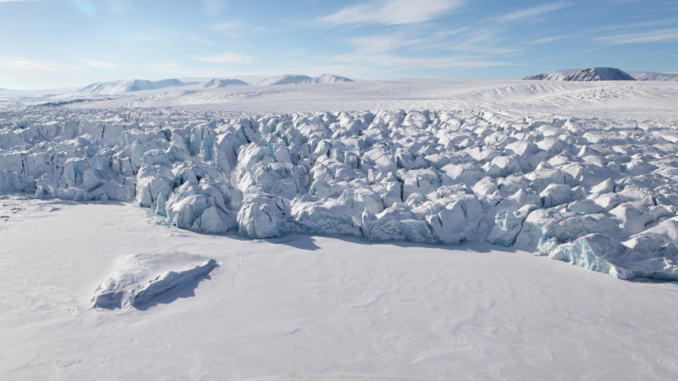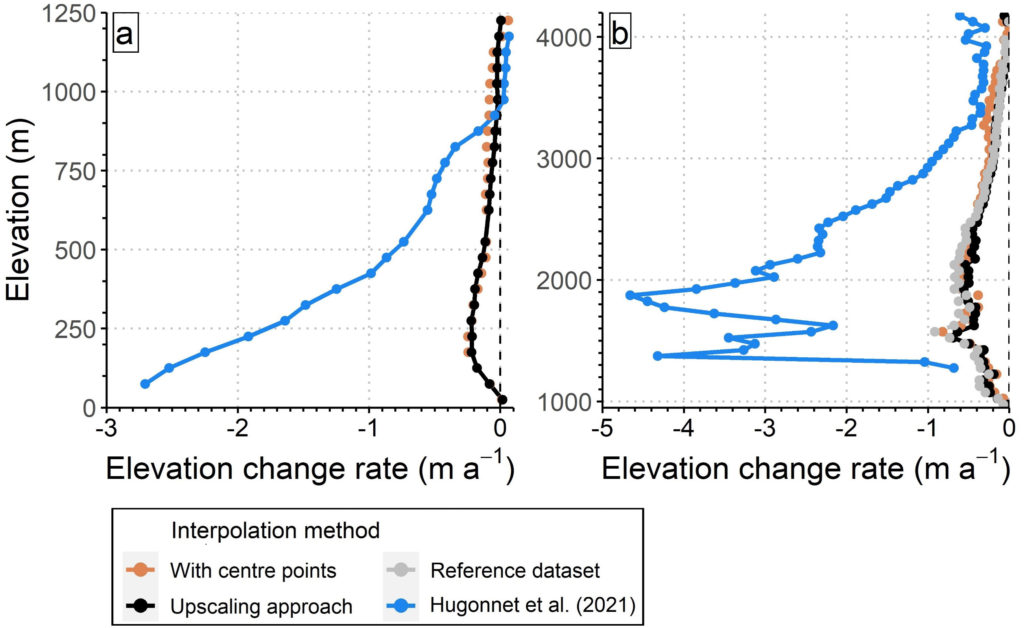
A recent study published in Geomorphology, provides a comprehensive evaluation of methods for reconstructing glacier surfaces from the Little Ice Age (LIA). The research focuses on 90 glaciers in Novaya Zemlya and 266 in the Bernese Alps, revealing significant advancements in glaciology and surface interpolation techniques.
Highlights of the study:
- Comparative Analysis of Interpolation Methods: The study tested various surface interpolation methods, identifying Natural Neighbor and Topo to Raster as the most effective for the task. These methods outperformed others in accuracy and reliability when applied to both the Novaya Zemlya and the Swiss Alps glaciers.
- Methodological Innovations: New up-scaling method is based on recent elevation changes and showed the smallest RMSE of 26.7 meters, it works well for any surface curvature including ice caps without lateral moraines.
- Elevation Change Rates: The study highlights significant findings regarding elevation change rates. Over the past 20 years, Novaya Zemlya and the Bernese Alps have experienced much higher rates of glacier thinning (-0.8 meters per year and -1.14 meters per year, respectively) compared to the period from 1850 to the present (-0.13 meters per year and -0.22 meters per year, respectively). This stark contrast underscores the accelerated glacier retreat in recent decades.


Leave a Reply